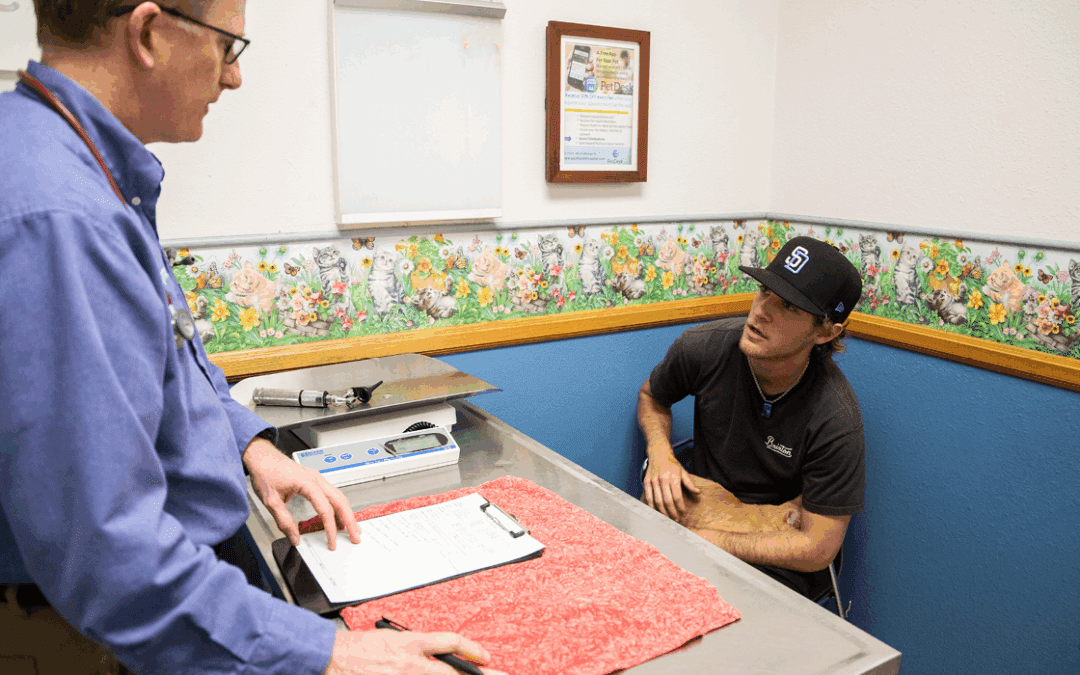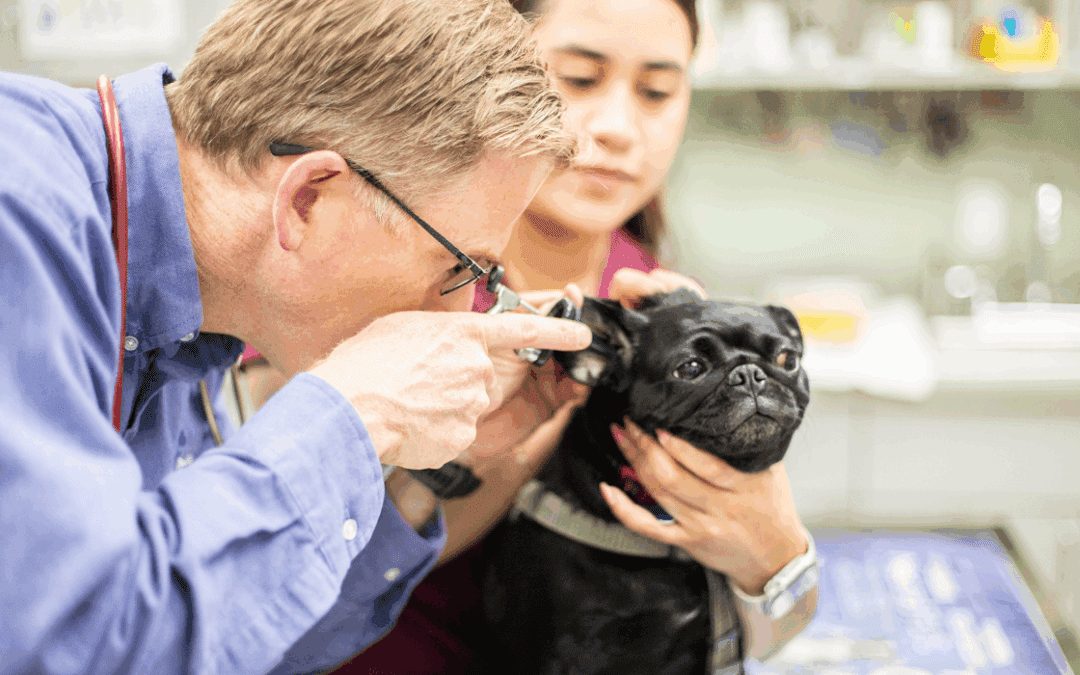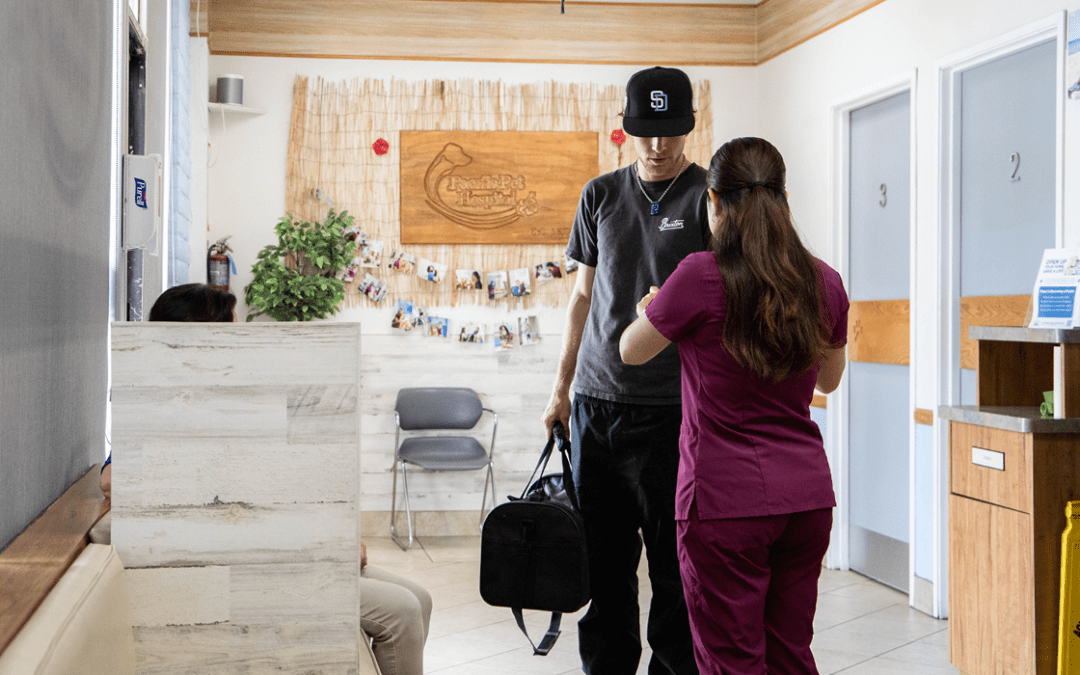Customer Success at its root was birthed out of the need to get people to subscribe to certain products or offerings on a regular basis.
But What is Customer Success?
Customer Success is proactively supporting your clients. The veterinary industry has traditionally been focused on client service, and the Customer Success mindset fits perfectly within this model. Pets are better off when they visit their veterinarian or groomer more often for preventative care. By making appointments a recurring event in pets’ lives, you will ensure that they are coming in at least once a year.
Engage Your Clients
Ensuring that your clients receive important pet health information is one of the key components of Customer Success. In order to achieve this objective, you need to make data collection a priority at your veterinary practice. If you’re not collecting up-to-date contact information or having your clients download an app (if you have one), then your clinic is not giving clients the opportunity to receive the information that they need to be successful.
Collecting and ensuring contact information within your client database is up-to-date can be a daunting task to tackle. It seems especially challenging since pet care staff usually juggles several duties throughout the day.
There are various tools and best practices that can help you engage your clients, such as a tool that allows for mobile appointment requests, and proactive scheduling like forward booking, that your staff may leverage to accomplish this task.
Empower Your Staff
Empowering your staff to be proactive means helping them cut on busy work and focus on the client experience. Staff empowerment can be accomplished both through positive leadership and by providing your staff with the tools and knowledge that they need to help your clients be successful in the future.
Examples of proactive tactics your staff can implement are updating missing information from clients or contacting clients before they need to come in. By making sure that your staff has a way to validate client information and proactively contact your clients, you can easily bring them back into your clinic when they need to.
Encourage Loyalty
Once the two points above are taken care of, a loyalty program can help you keep your clients more engaged and bring them back into your clinic with special benefits that they can only receive by being a client of yours. Having a loyalty program can help change a client’s mindset about how often they need to come to a veterinary clinic to keep their pet healthy.
As a pet parent, you may only go to see your veterinarian twice a year for an annual exam and to ensure your pets’ vaccinations are up to date. Loyalty programs encourage pet parents to come back into the clinic for other services that they may not regularly visit the clinic for, such as to buy pet medicine or food. Visiting your pet care business more often reminds your clients to think proactively about their pet’s health, making them more engaged for the other 300 and so days that they aren’t at your veterinary practice with you.
See the power of PetDesk for yourself—for free
Save time and grow your business with custom websites and digital marketing, 24/7 error-free booking, a PIMS-VoIP phone system, plus a client engagement platform with a mobile app.






